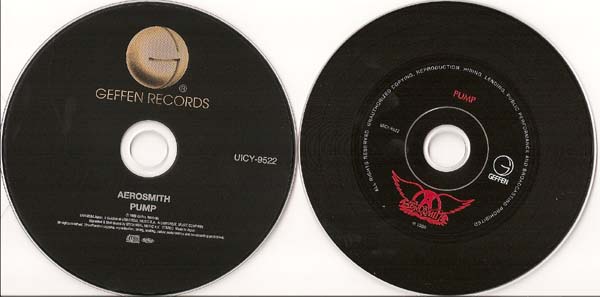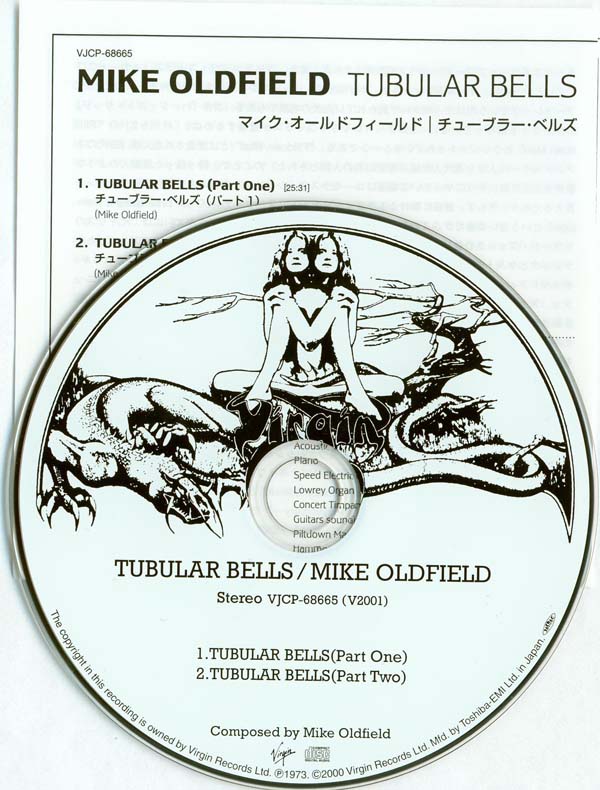The best way to spot a fake is to have an original and a fake side by side and compare them ... but of course we don't usually have this luxury and it's often too late before we realise.
The safest way to avoid buying a fake is to know what to look for.
You can find out more about spotting the above fakes on the release pages above (there is a section on each page with links to scans and discussions on other sites).
If you are buying from China or Korea (generally no problems) it's probably wise to ask if there are stickers on the bar code of the obi or a "Loaned Sample" stamp in the centre of the CD.
If you are tempted to buy from someone other than one of our trusted sellers here are some tips.
...and remember... "If something looks too good to be true then it probably is."
Ask the seller to describe the CD
If the seller knows it's a fake they will probably not respond to your request for more information. If they don't respond then assume it's a fake and if you're okay buying one - go ahead.
While there are often obvious differences in the covers, it's normally only possible to see these differences when the real and the fake are placed side by side. They are usually very subtle (eg. slightly different shades of colour) and are hard to describe let alone confirm via email.
If the seller's trustworthy and they just happen to be unknowingly selling a fake ask them about the artwork on the CD and/or the underside (the silver side) of the CD.
Legal fakes
In late 2007 / early 2008, Universal released European made versions of all 5 Police albums and selected Elton John and Hendrix albums. They look almost identical to the real thing. When sold in stores, they displayed a sticker on the outside bag over the bar code and on the cover stating (in Australia) "Original Editions" (which is odd given that they are certainly not original Japanese items). The sticker also states "This product must not be exported to Japan".
The obi and the printed CD both state "Made in Japan". The CD is definitely not made in Japan as the silver side (for the Police releases) states "Made in Germany".
More details in the forum.
If you're looking at buying a Police, Hendrix or Elton John Mini LP on eBay from a seller outside Japan it is recommended you ask them to confirm the country of manufacturer on the underside of the disc.
Scans of examples of what to look for
The table below highlights the most obvious difference between the original and the fake. There are other differences - some listed also below.
CD Artwork Examples
The first two releases below are examples of inaccurate CD label artwork. These are the easiest fakes to spot. The artwork is so wrong it's almost as if the creator never intended these to be passed off as fakes - they are recreations of the original vinyl - label and all. The reason why they must be regarded as fakes, not just "Russian Mini LPs", is because they have the fake Japanese CD obis.
Note that these also have the tell tale signs on the underside of the CD (shown below in the Jethro Tull example).
Following these is an example of accurately faked artwork - not as easy to spot (and not as easy to describe to a seller).
| Original | Fake |
|---|
| Artwork side of CD Black Geffen label |
Artwork side of CD is a replica vinyl with Aerosmith logo |
 |
|
Artwork side of CD is a completely white Virgin label.

|
Artwork side of CD is a replica of a vinyl record (small white label in the centre).

(Note also that there is a crease in the Japanese insert. This was originally folded with the name of
the artist inside the fold and was not precisely folded in half - definitely NOT the Japanese way.)
|
CD Stamp Example
The release below is an example of a highly accurate CD fake. The only failsafe way to ask a seller about the authenticity of this one is by asking them to describe the underside of the disc.
| Original | Fake |
|---|
- Underside of disc has TOCP-67680 (amongst other things) etched on it
- Underside of disc is silver all the way to the centre (0.3cm clear at the very centre)
- Artwork side is an uninterrupted mixture of shades of blue all the way to the centre

|
- Underside of disc does not have TOCP-67680
- Underside of disc has white band (about .7cm thick) in the centre of the disc
- Artwork side has a ring (equivalent to the white ring underneath)

|
Other differences
Here are some differences that you can't really ask the seller because they're quite subtle and tricky to see unless you have the original and the fake to compare against. These difference are quite stark if you have both the real and the fake side by side.
Some other common differences between fakes and originals are:
- The quality of the standard Japanese insert is different. The fakes are often on thicker paper. This is when compared to the specific original - not generally - so don't automatically assume that thicker paper = fake.
- The fakes are sometimes printed closer to the edge of the paper.
- The packing of the standard Japanese insert is different. They are often folded badly - the Japanese are very precise with packaging and would never fold the insert other than with corners aligned well and with the artist's name displayed. (The scan of "Pump" pictured here is an excellent example.)
- The CD does not come in a plastic inner liner (but again - don't assume that because it comes in only a paper sleeve that it's a fake).
| Original | Fake |
|---|
| Folded precisely |
Shoddy folding - not the Japanese way! |
 |
The following two sites deal almost exclusively in either fakes or items made for the Russian domestic market. To our knowledge they should not be shipping these products outside of Russia (if at all).
Their existence in some ways is handy for us because they identify the fakes for us. Anything you can get from these sites is pretty suspect - it is certainly not Japanese as claimed. At best it is based on Japanese packaging - if it has an obi it will often be a copy of a Japanese vinyl obi.



















